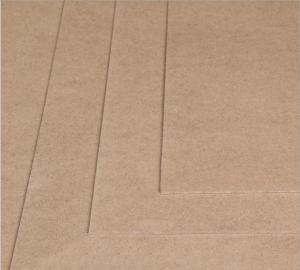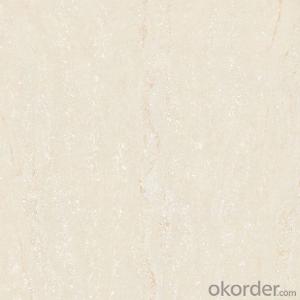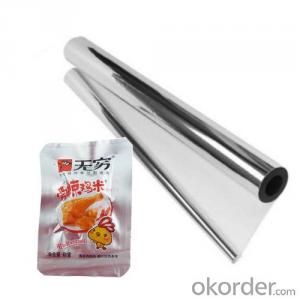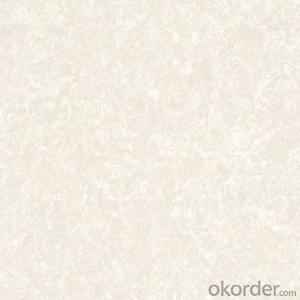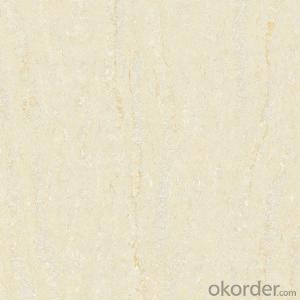Color Of Stainless Steel
Color Of Stainless Steel Related Searches
Shiny Or Dull Side Of Aluminum Foil For Cooking Inverter For 100w Solar Panel Solar Panel Inverter For Rv Pvc Tiles For Walls Wall Lights For Bedrooms Inverter Ac With Solar Panel Solar Panel With Inverter Kit Solar Panel Kits With Inverter Solar Panel With Inverter Direct Roving For PultrusionHot Searches
Steel Mesh Panels For Sale Type Of Inverter For Solar Price Of Shipping Containers For Sale Types Of Inverter For Solar Aluminum Bar Stock For Sale Bags Of Cement For Sale Types Of Temporary Side Panels For Cement Deck Cost Of Awnings For Decks Type Of Scaffolding With Pdf Price Of Scrap Stainless Steel Price Of Stainless Steel Scrap Price Of Stainless Steel Galvanized Steel Scrap Price Type Of Stainless Steel Types Of Stainless Steel Grades Types Of Stainless Steel Aluminum Corp Of China Stock Types Of Scaffolding In Construction Pdf Stainless Steel Factory Stainless Steel TypeColor Of Stainless Steel Supplier & Manufacturer from China
Okorder.com is a professional Color Of Stainless Steel supplier & manufacturer, offers integrated one-stop services including real-time quoting and online cargo tracking. We are funded by CNBM Group, a Fortune 500 enterprise and the largest Color Of Stainless Steel firm in China.Hot Products
FAQ
- Yes, stainless steel sheets are ideal for chemical processing due to their exceptional corrosion resistance, high strength, and durability. They can withstand exposure to various chemicals, acids, and alkalis without getting corroded or contaminated, making them an excellent choice for such applications.
- Intergranular corrosion in stainless steel sheets can be prevented by using materials with low carbon content, such as the 304L or 316L grades, which are more resistant to intergranular corrosion. Additionally, heat treatment processes such as solution annealing or sensitization treatment can be employed to restore the corrosion resistance of the stainless steel sheets.
- When choosing the appropriate gauge for stainless steel sheets, there are a few factors to consider. Firstly, you need to determine the application or purpose of the stainless steel sheets. Different gauges are suitable for specific uses. For example, thinner gauges (higher numbers) such as 26 or 28 are often used for decorative purposes, while thicker gauges (lower numbers) like 14 or 16 are more suitable for industrial applications that require durability and strength. Secondly, consider the environment in which the stainless steel sheets will be used. If the sheets will be exposed to harsh conditions, such as high temperatures, corrosive chemicals, or heavy impact, it is advisable to choose a thicker gauge to ensure the sheets can withstand these conditions. Additionally, the size and shape of the stainless steel sheets should be taken into account. Larger sheets or those with complex shapes may require thicker gauges to prevent bending or warping. Lastly, budget constraints may also play a role in the gauge selection. Thicker gauges generally cost more than thinner ones, so it is important to find a balance between the desired strength and the available budget. In summary, to choose the appropriate gauge for stainless steel sheets, consider the application, environmental conditions, sheet size and shape, and budget. It is also recommended to consult with a professional or supplier who can provide guidance based on your specific needs.
- The standard sizes of stainless steel sheets range from 4 feet by 8 feet to 5 feet by 10 feet. The standard thicknesses vary from 0.4mm to 6mm, depending on the specific application and requirements.
- Achieving intricate designs in stainless steel sheets can present a challenging task, but it can be accomplished through various methods. One commonly used technique involves the utilization of a laser cutting machine. Laser cutting provides precise and clean cuts, enabling the creation of intricate designs effortlessly. By melting or vaporizing the stainless steel with a laser beam, a smooth and precise cut is achieved. Another approach involves the usage of a CNC plasma cutter, which operates through a computer-controlled machine equipped with a plasma torch. This method ensures high precision and the capability to handle complex designs. However, additional finishing may be required for the edges to attain a polished and smooth appearance. Waterjet cutting is an alternative option for cutting intricate designs in stainless steel sheets. This method employs a high-pressure jet of water mixed with an abrasive substance to effectively cut through the metal. Waterjet cutting proves to be versatile, accommodating various thicknesses and designs, and delivering accurate and detailed outcomes. When it comes to smaller projects or fine designs, a jeweler's saw or a metal nibbler can be employed. These handheld tools enable manual cutting and offer greater control over the design. However, it is important to note that they may necessitate more time and effort in comparison to automated methods. Regardless of the chosen method, it is crucial to prioritize safety precautions by wearing protective gear and adhering to the manufacturer's instructions. Additionally, practicing on scrap pieces prior to working on the final stainless steel sheet can aid in refining the technique and achieving the desired results.
- There are several measures that can be taken to prevent galvanic corrosion on stainless steel sheets: 1. Opt for a suitable stainless steel alloy: Select a grade of stainless steel, such as 316 or 317, which is less susceptible to galvanic corrosion compared to 304 stainless steel. 2. Keep dissimilar metals separate: Avoid direct contact between stainless steel sheets and other metals, particularly those with a higher potential for galvanic corrosion. If contact is necessary, use insulating materials like gaskets or rubber pads to create a barrier between the metals. 3. Apply protective coatings: Use specially designed protective coatings or paints for stainless steel to create a barrier that shields against galvanic corrosion. These coatings act as sacrificial layers, safeguarding the stainless steel from direct contact with corrosive substances. 4. Utilize isolation materials: Install insulating materials, such as plastic washers, insulating tape, or non-conductive gaskets, between stainless steel sheets and other dissimilar metals. This prevents direct electrical contact and subsequent corrosion. 5. Maintain proper upkeep: Regularly clean and inspect stainless steel sheets to remove any contaminants or foreign substances that may contribute to corrosion. Avoid using abrasive cleaners or tools that could damage the protective layer of the stainless steel. 6. Employ electrochemical protection: Implement cathodic protection techniques, such as sacrificial anodes or impressed current systems, to introduce an external source of electrons that counteracts galvanic corrosion. These methods help shift the corrosion potential of the stainless steel sheets to a more passive range. By adhering to these preventive measures, the risk of galvanic corrosion on stainless steel sheets can be significantly reduced. This ensures their longevity and helps maintain their structural integrity.
- What stainless steel can be used instead of galvanized sheet?
- Zinc plating is mainly for beauty and no rust;Stainless steel is the primary quality of stainless steel;If both really replace the 201 can be, mainly considering the price of stainless steel;Galvanized plate with stainless steel to replace my feeling is not very ideal, costs a lot, propose instead of using cold board.Galvanized steel sheet is to prevent the corrosion of steel plate surface and prolong its service life, and the surface of steel plate is coated with a layer of metal zinc. This kind of zinc coated steel plate is called galvanized sheet.
- What is the general width range of stainless steel sheet? What are the common widths?
- According to the agreement can be scheduled to open, usually to add money, commonly used thin 3mm below the general specifications commonly used, 1000*20001219*2438, 3mm or more commonly used specifications 1500*6000.

